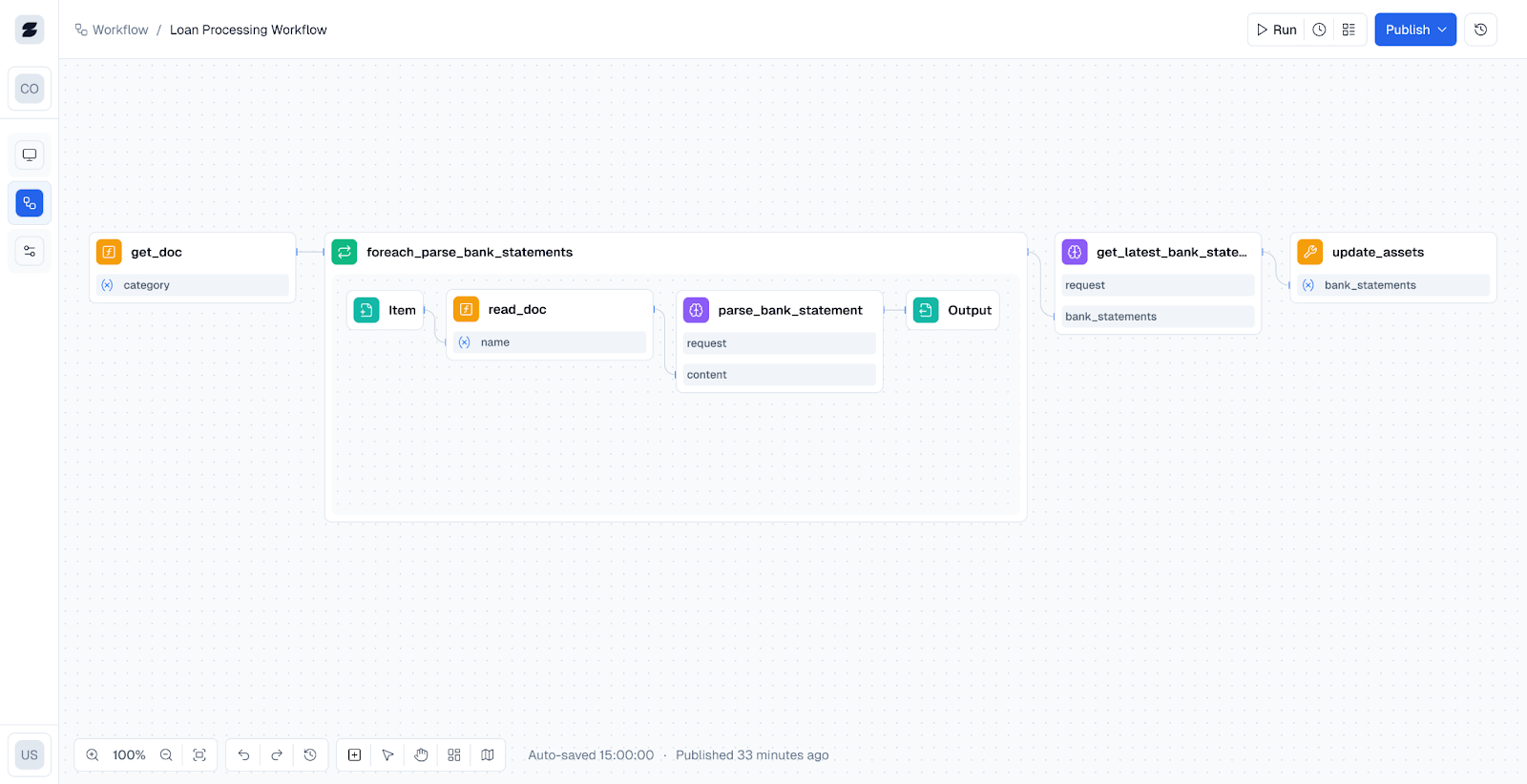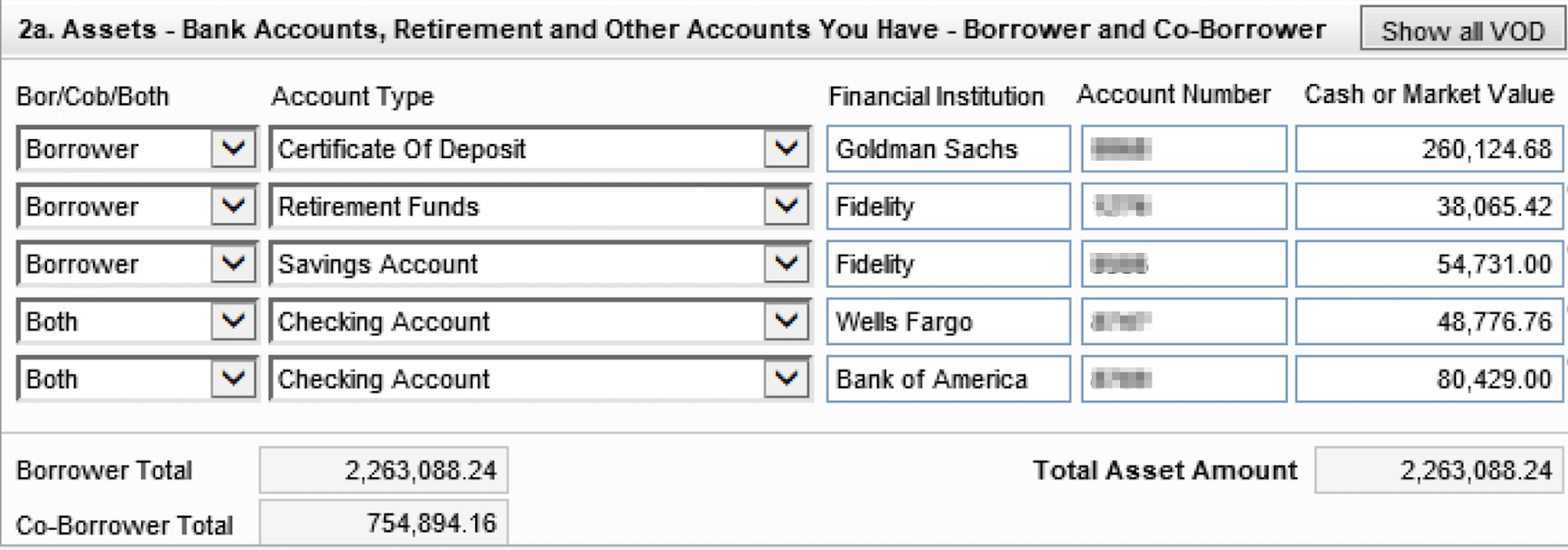The mortgage industry is undergoing a generational transformation. GenAI is leading the charge. While loan officers have been quick to embrace AI for borrower communications, marketing, and navigating guidelines, the deeper revolution is just beginning. And it’s happening not at the surface, but at the core of the loan manufacturing process.
At Loyola AI, we’re not just observers of this shift; we’re engineering it. Our mission is to build AI employees that handle the heavy, repetitive lifting of loan processing and underwriting. If you think about what automation did for car manufacturing, redefining speed, quality, and cost, then imagine that same shift happening across the mortgage assembly line.
Today, we’re kicking off a new blog series to showcase how AI agents can radically streamline the most tedious parts of loan operations. In this first post, we’ll walk you through how our AI agent automates a simple yet painfully time-consuming task: auto-filling the asset section of the 1003 (URLA) form in Encompass.
🏦 The Problem: Repetition, Redundancy, and Risk
Filling in bank account details isn’t complex. It’s just repetitive, manual, and error-prone. For loans with 5 or more accounts, this step alone can take a loan officer or processor 10 minutes or more. We’ve spoken to dozens of lenders, and despite advances in borrower portals, this process remains largely manual across the industry.
Why? While some systems allow borrowers to log in and import their accounts directly, these options require sensitive banking credentials, which many borrowers hesitate to share. As a result, most teams are stuck copying account balances and transaction histories from PDF statements.
Even worse, there’s duplication of effort. Loan officers often do an early pass to estimate viability, entering partial data. Later, processors need to double-check or re-enter everything to meet compliance standards. This bottleneck slows down workflows and introduces avoidable risk.
⚙️ The Solution: An End-to-End AI Agent, Built for Encompass
This is where traditional automation falls short. OCR tools require training, are fragile when formats change, and can’t flexibly adapt to real-world underwriting workflows. So we took a different approach.
At Loyola AI, we built an AI agent framework designed for dynamic, configurable loan processing. Our no-code platform uses prompt-driven blocks to create workflows that are intelligent, reusable, and highly customizable.
Here’s what the workflow looks like—built entirely with no-code blocks, powered by AI and controlled by natural language prompts:

This end-to-end flow includes:
- Smart Document Classification: Finds and organizes bank statements from uploaded docs.
- Intelligent Extraction: Reads balances, account numbers, and dates from statements.
- Consolidation: Identifies and retains only the latest statement per account.
- Direct Encompass Update: Automatically fills out the asset section of the 1003 form.
With deep integration into Encompass, this agent executes the task from start to finish; no human intervention needed. And because it's modular, teams can easily extend it with custom validations or lender-specific logic.
Here’s a familiar look inside Encompass after the AI bot completes the workflow:

👥 Who Is This For?
This AI agent supports both loan officers and processors, eliminating bottlenecks early in the workflow and ensuring data consistency downstream. Whether used for early triage or final verification, it saves time, reduces redundancy, and enhances accuracy.
🌱 A Small Step, A Massive Shift
This is just one task. But it's a signal of what’s to come. By automating small, repetitive steps like this one, we’re building toward a future where AI handles most of the backend, so humans can focus on what matters most: serving borrowers, solving complex edge cases, and making judgment calls machines can’t.
We're excited to continue this series and show you what else AI employees can do for mortgage.
If you found this valuable, give us a thumbs up, subscribe, and share it with someone in your lending network. Let’s reimagine loan manufacturing, one intelligent agent at a time.




